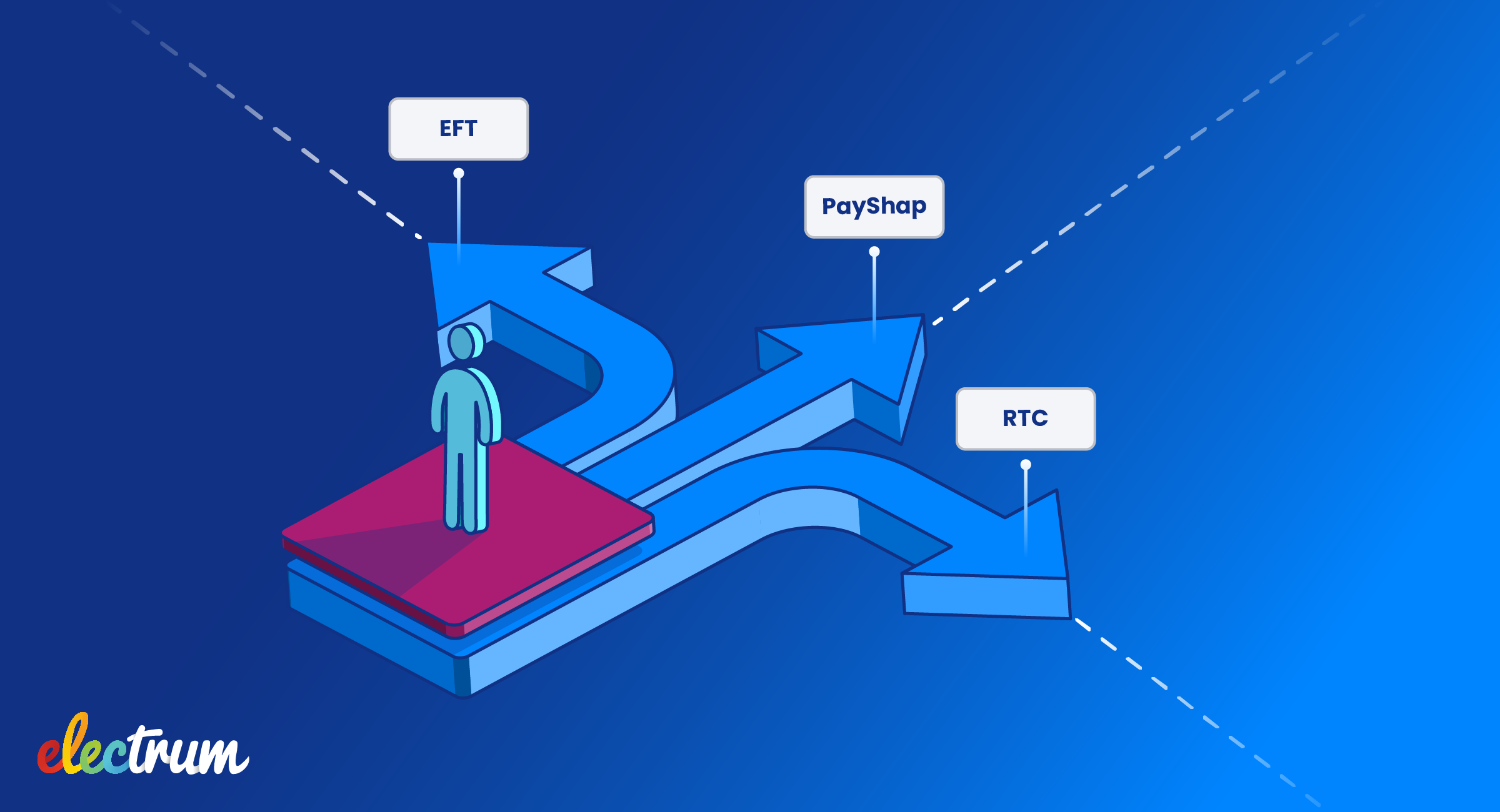
Digital marketplaces are common at South Africa’s largest retailers and banks, with most businesses offering a comprehensive suite of services. When delving into how leading businesses have set up winning value-added service (VAS) portfolios, three success factors stand out. These areas contribute to the efficient running and reliability of the business, as well as ensuring the best possible commercials.
Transaction initiation, processing, and clearing; followed by automated end-of-day processing; combined with real-time observability are key parts of any successful VAS business, especially when the right systems are in place to optimise these focus areas. The impact is most powerful when these areas are looked at holistically, rather than in functionality siloes. Each of these aspects can play a crucial role in improving a business’s VAS portfolio and contributing to the profitability of its services.
Let’s unpack how these factors have played a role in optimising South Africa’s leading VAS businesses, and explore how they have helped to build market leaders in the industry.
1. Transaction initiation, processing, and clearing
For a VAS portfolio to be successful at banks or retailers, there needs to be a solution in place that can be trusted at scale for real-time transaction initiation, processing, and clearing.
When it comes to transaction processing, functionality such as preferential routing has played a big role in successful VAS businesses. It allows them to support many different service providers while ensuring that transactions are delivered to the provider that offers the best commercial returns. This, combined with automatic failover, ensures a reliable VAS offering. It also contributes to a superior customer purchasing experience since customers are always able to have their VAS purchases fulfilled by the business, even when one of the providers is offline.
A multi-scheme API is an essential part of any leading VAS platform, making it easy for businesses to expand and add new services. The result is that the business only needs to maintain a single POS integration for each service type - reducing the need for expensive POS development. Open-source APIs allow service providers to build an interface themselves using the same standard, thereby reducing CapEx costs for new services on the side of the bank or retailer.
Increased prepaid electricity coverage for top South African Bank
Client Success Story
Electrum’s Bank client had a prepaid electricity offering, with existing agreements with a few service providers. Some of these acted as aggregators for other providers, charging the Bank a switching fee which impacted profit margins. Additionally, the Bank wanted to increase the coverage they had over municipalities for this offering.
Electrum connected the Bank directly to one of these sellers aggregated by the existing service providers. This direct integration allowed for a more advantageous commission structure and gave the Bank more freedom to negotiate commissions. Preferential routing was implemented, enabling the Bank to define preferred routes for transactions in the case of multiple providers covering the same municipality.
Some transactions remain serviced by the original providers, which continue to provide any products not available from the new seller. Overall, the Bank was able to offer increased access to more municipalities for their customers.
Leading Retailer implements single API VAS platform
Client Success Story
Before implementing Electrum’s solution, our Retailer client’s VAS offering consisted of direct connections to two service providers. The connections to these service providers was through the client's on-premise card-acquiring infrastructure, which was not easy to update and provided limited visibility on the status of their VAS transactions. This made troubleshooting production issues difficult.
The service providers provided a suite of digital products but often experienced downtime. This resulted in significant frustration for customers and loss of revenue for our client. To expand their product offering and add new service providers for a more robust and reliable offering, the Retailer would have to make changes to their point-of-sale (POS) system. This requires expensive development and is also time-consuming.
Electrum’s solution introduced standardised APIs so that the Retailer only has to maintain a single POS integration for each service type. This reduces the need for expensive POS development and makes the addition of new service providers quick and cost-effective.
2. Automated end-of-day processing
Automated end-of-day processing goes hand-in-hand with efficient processing and clearing of transactions. Ultimately, the right system contributes to the freeing up of resources due to automated processes. Market leaders also have visibility across all transaction outcomes so that any issues can be resolved efficiently.
Straight-through processing plays an important role in ensuring that transactions are moved seamlessly from clearing to settlement, with automated processes enabling this. Significantly, the need for tedious and error-prone manual labour is removed.
Leading VAS businesses have integrated back-office functionality that offers more with:
- Transaction matching,
- Fee calculation,
- Exception handling, and
- Settlement reporting.
Transaction-level reconciliation that takes place in an automated way allows these processes to happen at scale, a vital consideration for enterprise businesses dealing with high-volume transactions.
Powerful reconciliation functionality means manual intervention is only required when it comes to the investigation of problematic transactions. Within these businesses, resources are open to focus on core business and growth rather than the systems needed to support it.
Large South African Retailer provided with transaction-level visibility
Client Success Story
Electrum’s client had limited visibility on their VAS transactions, only doing financial reconciliations where the aggregated values of sales are compared. The implication is that for any variance, team members have to try to identify which transactions caused this difference in order to agree on how to process and settle the exception. This is a time-consuming and labour-intensive manual process.
With the implementation of Electrum’s Back Office reconciliation tool, we can provide our client with detailed supporting transaction-level information. This information is used to rule on the outcome of settlement and is used to point out the origin of reconciliation exceptions. This level of detail equips the Retailer with the information they need to resolve this exception with the provider - quickly and in a less labour-intensive way.
3. Real-time observability
High-functioning VAS businesses need a real-time view of the health of services. They need to be able to address problems where issues are identified; gain insight into the volume of transactions; and allow teams to review the details of all transactions.
Tools are carefully chosen to deliver improved, real-time operational visibility - providing both business insights as well as technical insights. Technical operation teams benefit from the ability to:
- Perform transaction tracing,
- Search and query individual transactions,
- View real-time volumes with success and failure rates, and
- Receive alerts to flag problematic services.
For business operations, the value of observability comes when, for example, commission revenue is down one month and investigation into this problem is made easy. This helps the team quickly determine if the problem was with billing or because of real-time operational failures.
The right alerting and monitoring mechanisms need to be in place for any business to function at a high level, with detailed dashboards that enable teams to troubleshoot and problem-solve easily and swiftly.
Providing business dashboards to a top Bank
Client Success Story
Electrum was able to provide their Bank client with a near real-time view of transaction volumes and commercial values of services using business dashboards.
This view of transactions, although unreconciled, is highly valuable as it allows the business leaders within the Bank to monitor how VAS transaction volumes and sales track throughout the day.
This is particularly useful when someone requires a quick view of VAS sales numbers - removing the need for them to rely on other team members to gather the information which can take time. The dashboard can also give an instant view of whether there are any issues with a particular service.
Businesses that are winning at VAS in South Africa offer reliability, flexibility, and superior customer experience. This is all achieved by investing in the right technology to power your VAS platform.
Chat with us today to explore how we can help you with your VAS business.

Helen Whelan
Helen Whelan is a Senior Content Writer at Electrum. With a BSc (Hons) from Rhodes University, she enjoys the combination of creativity and technical topics that content creation at Electrum involves. Cats and coffee fuel her day.
Electrum Newsletter
Quarterly insights and news to help you keep up with the latest changes in the payments landscape







